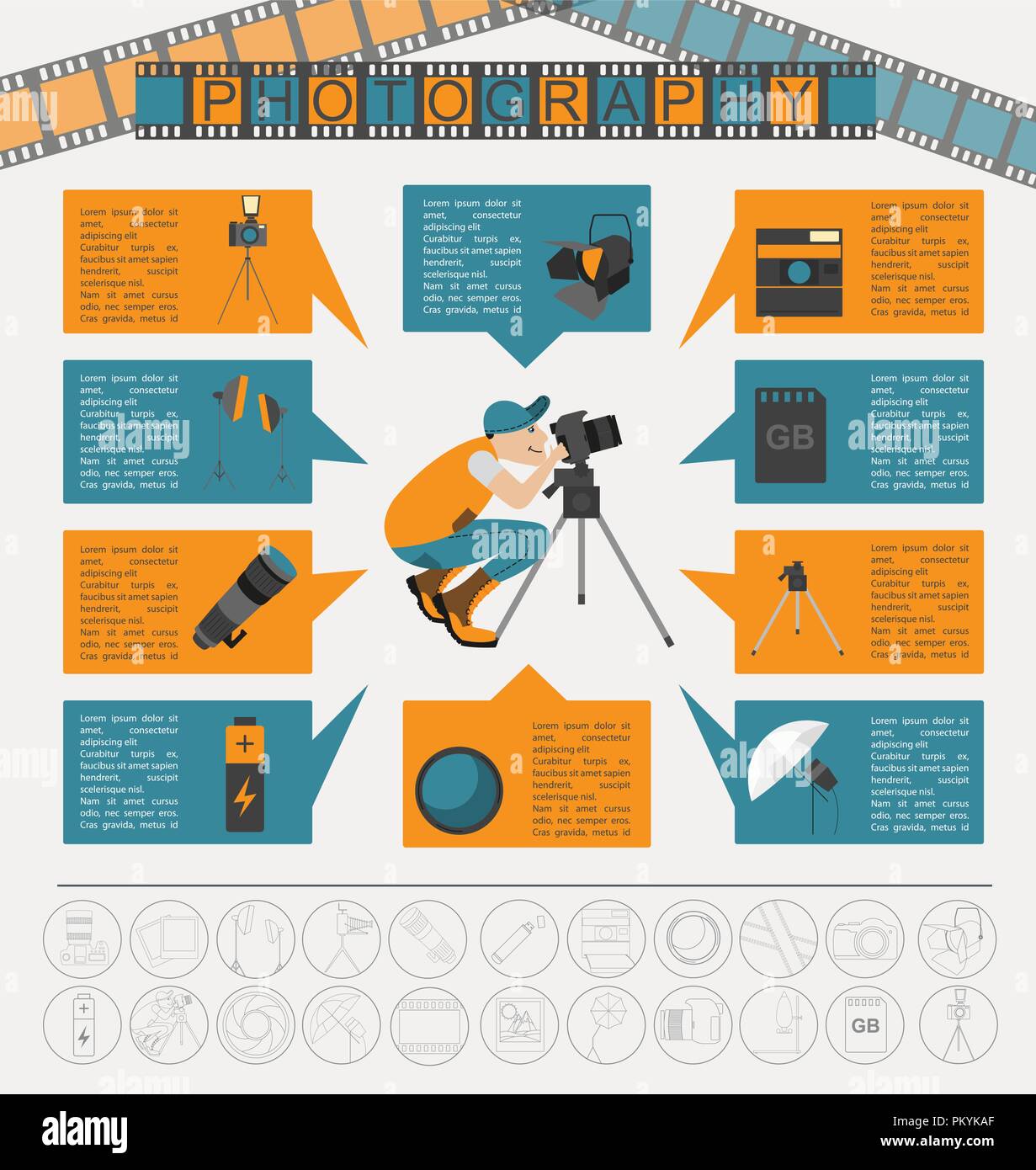Change Your Photography By Understanding Illumination Methods That Can Elevate Your Images-- Find The Common Risks That Could Be Holding You Back
Change Your Photography By Understanding Illumination Methods That Can Elevate Your Images-- Find The Common Risks That Could Be Holding You Back
Blog Article
Write-Up By-Beck Godwin
As a professional photographer, you know that illumination can make or damage your photos. Comprehending the nuances of both all-natural and man-made light is vital for recording the state of mind and quality you aim for in your job. Whether you're going after the excellent gold hour radiance or fine-tuning your synthetic configurations, understanding these aspects can elevate your digital photography dramatically. Yet there are common pitfalls that lots of ignore, and acknowledging them can change your method to every shoot. Allow's explore what you might be missing and how it can influence your results.
Understanding Natural Light
Recognizing all-natural light is important for any digital photographer looking to enhance their work. It's the foundation of fantastic photography, influencing state of mind, tone, and quality. When you fire outdoors, pay attention to the moment of day. The golden hour-- quickly after dawn and before sundown-- uses soft, cozy light that can change normal scenes right into sensational pictures.
https://www.digitalcameraworld.com/uk/buying-guides/best-memory-card take too lightly the power of cloudy days. Cloud cover diffuses sunshine, developing a soft, also light that's ideal for portraits and macro photography. You'll locate shades pop in this sort of lights without severe darkness.
Positioning matters, too. Constantly consider your topic's positioning to the light. If the sunlight's behind your topic, you might end up with a silhouette, which can be remarkable yet mightn't be what you want. Alternatively, straight sunlight can develop unflattering shadows.
Explore angles; sometimes, changing your viewpoint can generate remarkable results. Usage https://www.liveinternet.ru/users/bradford_pace/post509041157 -natural reflectors, like water or sand, to bounce light onto your subject, adding measurement.
Learning Artificial Light
Mastering artificial light is necessary for professional photographers who intend to take their skills to the next degree. Whether you're utilizing speedlights, workshop strobes, or constant lights, understanding just how to control these sources can substantially boost your images.
Start by familiarizing yourself with the essentials of light quality, instructions, and color temperature. Experiment with various modifiers like softboxes, umbrellas, or grids to manage the gentleness or violence of the light.
You'll discover that soft light commonly creates complementary results, while harsher light can include dramatization and deepness. Don't shy away from shadows; they can enhance the three-dimensionality of your topics.
Pay attention to the placement of your lights. A light located as well near to your subject can develop unflattering results, while as well far can cause a lack of information. Use a light meter or your video camera's histogram to guarantee you're exposing correctly.
Finally, keep in mind that fabricated light can be blended with ambient light for innovative impacts. Stabilizing these sources may take technique, but once you master it, your photography will really shine.
Methods for Different Scenarios
When you step into different shooting circumstances, adapting your illumination methods is important for capturing the best photos. For outdoor portraits, make use of the golden hour-- early morning or late afternoon light-- to soften shadows and boost complexion.
If it's an extreme lunchtime sun, take into consideration making use of a reflector to jump light back onto your topic or look for shaded locations for an extra also exposure.
In low-light circumstances, like interior events, boost your ISO and use a wide aperture to let in even more light. A tripod can aid remove cam shake, enabling longer exposures without obscuring.
If you're shooting at night, explore off-camera flash to produce vibrant illumination and depth in your pictures.
For item digital photography, utilize diffused lighting to stay clear of harsh representations. Softboxes or light outdoors tents can aid achieve this effect.
When photographing landscapes, take into consideration the instructions of light and time of day, as it can dramatically alter the state of mind of your shot.
Constantly be ready to readjust your settings and placing based on the circumstance, as flexibility is vital to grasping lighting in photography.
Final thought
In conclusion, understanding illumination is vital to boosting your photography skills. Welcome natural light's beauty throughout golden hour, and don't avoid trying out synthetic light strategies. By adjusting your strategy to different circumstances, you'll capture magnificent photos that reverberate with emotion and clearness. Bear in mind, the ideal illumination can transform an average shot into something amazing, so maintain exercising and fine-tuning your understanding of both natural and man-made light. Satisfied shooting!
